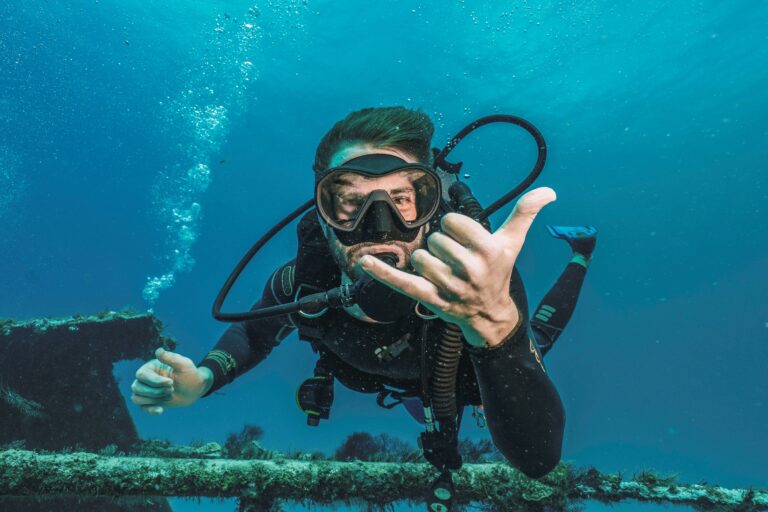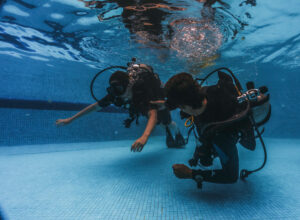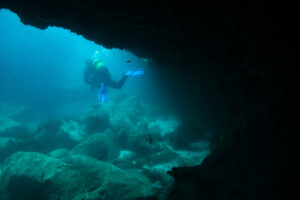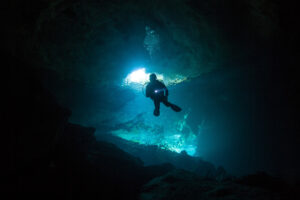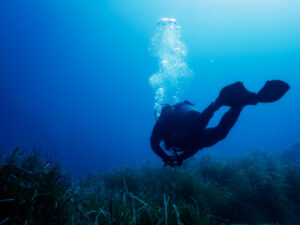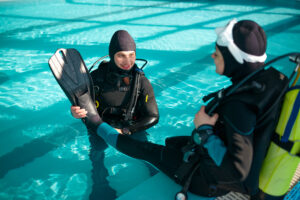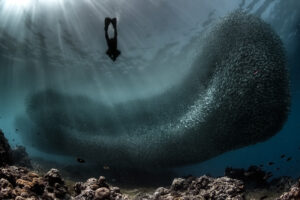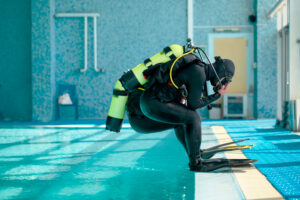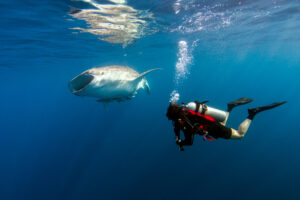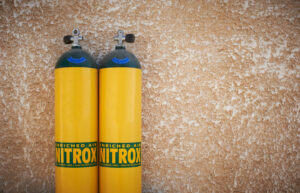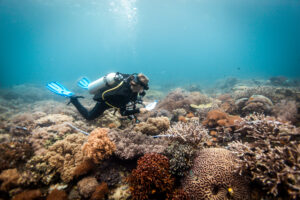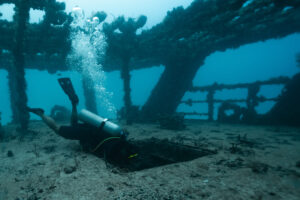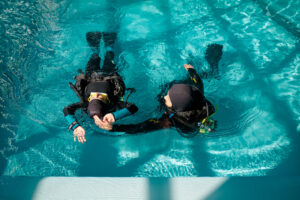What is a Z-knife?
A Z-knife, a critical tool in every scuba diver’s gear kit, is specifically designed to efficiently cut lines and nets in underwater environments. The compact, easy-to-use tool has a replaceable blade encased in a slot, ensuring both safety and durability. This entry will delve into the history, construction, usage, and maintenance of the Z-knife, along with highlighting its importance in diver safety and environmental protection.
History
The Z-knife, also known as a zipline cutter or zigzag cutter, was developed in response to the increasing need for a safe, reliable, and effective cutting tool for scuba divers. Its inception can be traced back to the 1980s when recreational diving gained popularity, and underwater explorers began to face challenges with entanglements in fishing lines, nets, and kelp. In the absence of a specialized tool, divers resorted to using diving knives, which often proved to be inefficient and even hazardous in tight situations.
Construction
The Z-knife is composed of a handle, a replaceable blade, and a sheath. The handle is ergonomically designed, typically made of plastic or metal, and provides a secure grip even when wearing gloves. The blade, the most distinctive feature of the tool, is housed in a slot within the handle. This design ensures that the cutting edge remains concealed, reducing the risk of accidental cuts.
The replaceable blade is made from high-quality stainless steel, titanium, or ceramic material, all of which are corrosion-resistant and ideal for underwater use. The blade’s unique shape, resembling a letter “Z,” is designed to enable efficient and precise cutting with minimal effort. This zigzag configuration allows the diver to hook the line or netting in the recessed part of the blade, while the serrated edge slices through the material with ease.
The sheath, often made from plastic, nylon, or neoprene, is designed to securely hold the Z-knife and enable quick access. Many sheaths have a locking mechanism that prevents the tool from accidentally slipping out, while others may have a lanyard or clip to attach the knife to the diver’s BCD (buoyancy control device) or harness.
Usage
The Z-knife is particularly well-suited for cutting through monofilament lines, fishing nets, kelp, and other underwater hazards that may entangle a diver. Its compact design and concealed blade make it safer and less cumbersome than traditional diving knives. Divers can quickly access the tool, hook the line or netting into the blade’s groove, and apply gentle pressure to cut the material. In emergency situations, the Z-knife can also be used to free oneself or another diver from entanglement.
Apart from rescue purposes, the Z-knife is also employed in underwater activities such as wreck diving, cave diving, and technical diving, where cutting lines or nets may be necessary during exploration or penetration of confined spaces.
Maintenance
Proper maintenance of the Z-knife is crucial to ensure its longevity and reliability. After each dive, the tool should be rinsed thoroughly in fresh water to remove salt, sand, and other debris. The blade should be inspected for wear, corrosion, or damage, and replaced as needed. Periodic lubrication of the blade’s slot and sheath lock mechanism (if applicable) is also recommended to maintain smooth operation.
Environmental Considerations
As scuba diving continues to gain popularity, the use of Z-knives has become increasingly important in protecting marine life and ecosystems. By safely and efficiently cutting through discarded fishing lines and nets, divers can prevent further harm to marine animals and coral reefs. Additionally,
the Z-knife contributes to underwater clean-up efforts and conservation initiatives, as divers can actively participate in removing harmful debris from the ocean floor.
Moreover, the Z-knife plays a crucial role in promoting safe diving practices, as divers can extricate themselves or their dive buddies from potentially dangerous situations involving entanglements. This emphasis on safety not only protects divers but also minimizes the risk of damage to marine habitats due to panicked or uncontrolled movements in emergency situations.
Choosing the Right Z-Knife
When selecting a Z-knife, divers should consider factors such as the intended use, personal preferences, and budget. Some key aspects to consider include:
Material
The blade material should be corrosion-resistant, with stainless steel, titanium, and ceramic being popular options. Stainless steel is the most common choice, offering a balance between affordability and performance. Titanium, although more expensive, is lighter and more resistant to corrosion. Ceramic blades are exceptionally sharp and corrosion-resistant but may be more brittle and prone to chipping.
Handle design
The handle should provide a comfortable and secure grip, even when wearing gloves. Some divers may prefer a textured surface, while others may opt for a smooth handle with finger grooves or contours for added security.
Sheath
The sheath should securely hold the Z-knife and allow for easy access. Look for sheaths with a locking mechanism, lanyard, or clip that can attach the tool to your BCD or harness.
Size and weight
The Z-knife should be compact and lightweight, making it easy to carry and maneuver during a dive. Some divers may prefer a smaller tool for greater portability, while others may choose a slightly larger version for added cutting power.
Key Takeaways
The Z-knife has become an indispensable tool for scuba divers due to its safety, efficiency, and versatility in cutting lines and nets underwater. Its unique design, featuring a replaceable blade encased in a slot, has made it a popular choice among divers for both recreational and technical diving. By understanding the history, construction, usage, and maintenance of the Z-knife, divers can better appreciate its importance in promoting safety and environmental conservation during underwater exploration.

